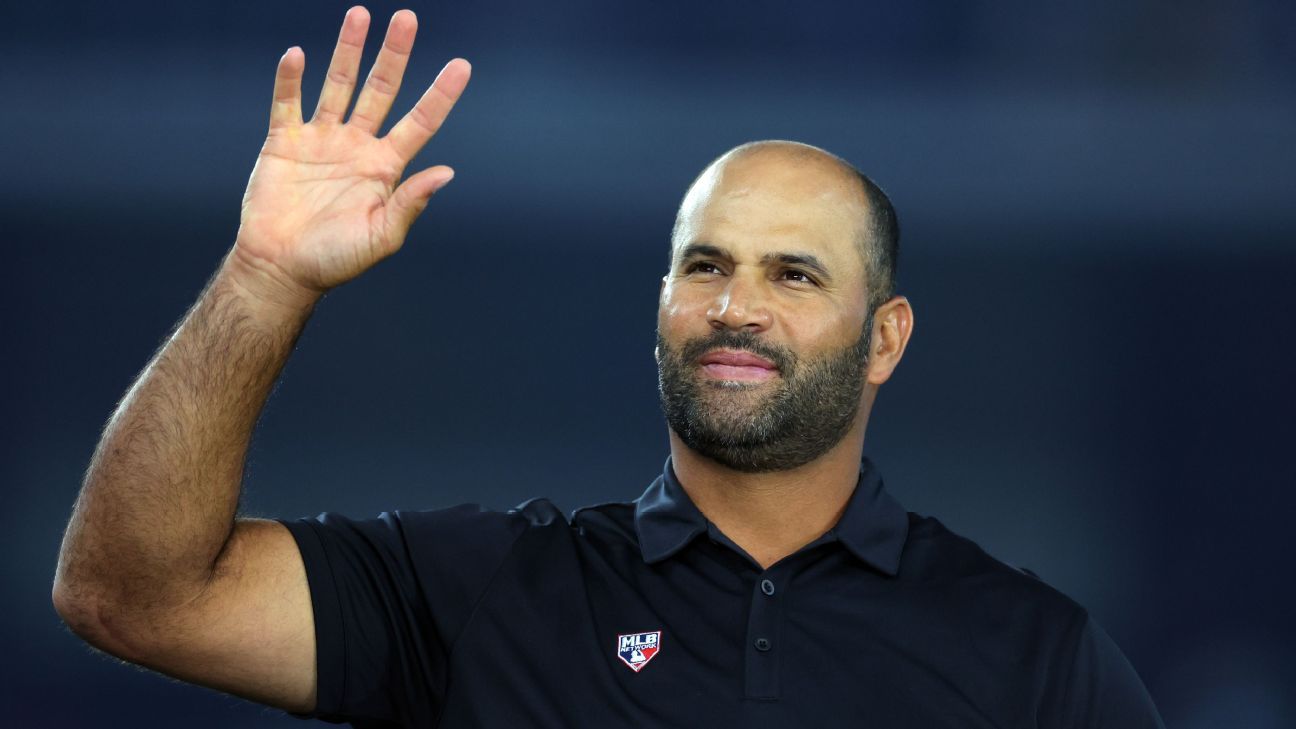Earlier this year, Witten Daniel was rushed to the hospital, where his condition worsened within a few hours after being admitted, and he was unable to walk, talk, or even breathe without support. Casey Daniel’s desperate cry for help led to Dr Jacques Morcos, a neurosurgeon, who told her that her 6-year-old boy was suffering from a cavernoma.

Desperately looking for an answer to help her 6-year-old son, named Witten Daniel, a mother from Texas, United States, has credited a late-night Google search result for saving her son’s life. At the beginning of the year, a 6-year-old Witten from Texas was taken to a hospital with symptoms that mimicked like flu. According to a local news report, the condition of the boy worsened within a few hours after being admitted, and he was unable to walk, talk, or even breathe without support.
Witten Daniel Was Diagnosed With A Cavernoma
Casey Daniel, mother of the child, who was helpless looking for answers to support her child, was reported to have said, “There are no words to describe how horrifying it is to see your child in that kind of condition.” Refusing to give up, she later turned to a late-night Google search, which led her to Dr Jacques Morcos, a neurosurgeon at UTHealth Houston who specialises in treating cavernomas.
The doctor later told the Texas mother that Witten was suffering from a cavernoma, a medical condition where tangled blood vessels in the brainstem had started bleeding. Dr Morcos said, “I looked at the images and I thought this could be done. I said Let’s transfer you here.”
What Is A Cavernoma?
A cavernoma, also known as a cavernoma malformation or cavernous hemangioma, is an abnormal tangle of blood vessels in the brain and spinal cord, resembling a raspberry. The thin wall of these malformations may bleed, resulting in a severe medical condition. A cavernoma measures from a few millimetres to several centimetres across.
Symptoms Of Cavernoma
According to the National Health Service (NHS), most people do not show symptoms of a cavernoma, but if it does, they can include:
- Bleeding
- Seizure
- Stroke
- Headache
- Dizziness
- Slurred speech
- Double vision
- Balance problems
- Tremor
- Weakness,
- Numbness
- Fatigue
- Memory problems
- Difficulty concentrating
“The severity and duration of symptoms can vary depending on the size, location and number of cavernomas. Problems can occur if the cavernoma bleeds or presses on certain areas of the brain,” the NHS explains. “The cells lining a cavernoma are often thinner than those that line normal blood vessels, which means they’re prone to leaking blood. In most cases, bleeding is small usually around half a teaspoonful of blood and may not cause other symptoms.”
Witten Daniel’s Health Update
A few days later, after Casey Daniel was led to Dr Morcos through a late-night Google search, the 6-year-old son was flown to Houston, where a successful complex four-hour surgery was performed. Witten told the media, “I want to say thank you to Dr Morcos and Dr Shah for letting me see my friends again.”
According to reports, the 6-year-old is now back in his hometown in Lubbock, Texas. He has recently turned seven and has started his second grade. Witten has also started doing his favourite hobby, which is playing baseball, something that his family once feared, which might never happen again.
Follow TheHealthSite.com for all the latest health news and developments from around the world.
FAQs
How Is A Cavernoma Diagnosed?
Is There A Cure For A Cavernoma?
What Can Cause A Cavernoma?
Where Can Cavernomas Occur?
Subscribe to Our Newsletter Today!














Leave a Reply